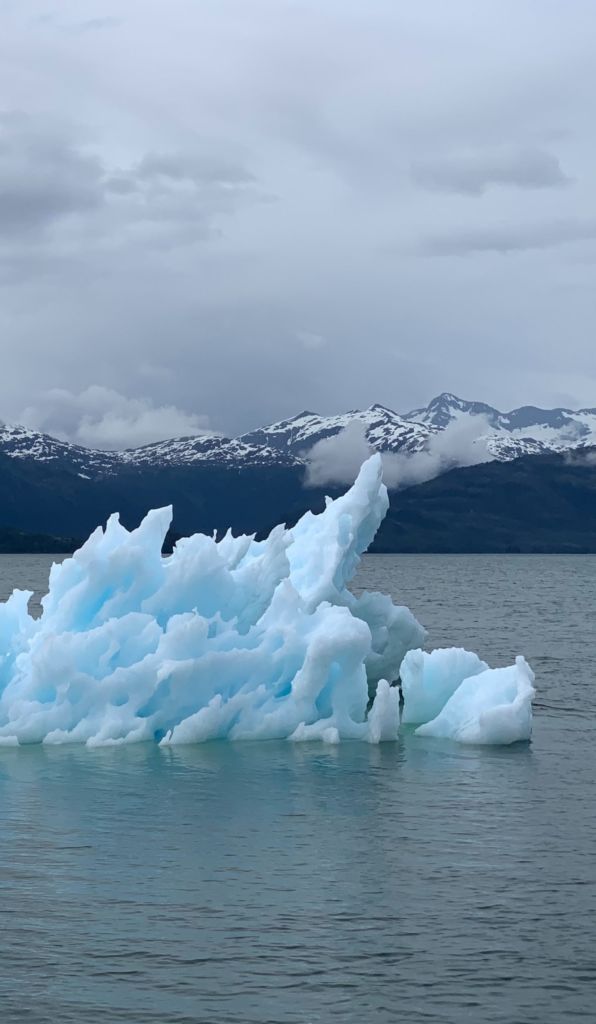- IPCC
- Ocean
- Science
- SDGs
- adaptation
- climate change
- climate crisis
- ipcc
- ipcc report
- mitigation
- ocean
- science
2022 IPCC report
Read Tēnaka’s key takeaways of the IPCC WGII report, published on February 27th, 2022.
2022 IPCC WGII report on Climate Change Impacts, Adaptation and Vulnerability

This report has a strong focus on the interactions among the coupled systems climate, ecosystems (including their biodiversity) and human society.

Key takeaway #1. Observed and Projected Impacts and Risks
Human-induced climate change has already had negative outcomes, as well as severe loss and damages, for ecosystems and human communities, in all parts of the world [B.1].
Vulnerability of ecosystems and people to climate change differs substantially among and within regions (very high confidence), driven by patterns of intersecting socio-economic development, unsustainable ocean and land use, inequity, marginalization, historical and ongoing patterns of inequity such as colonialism, and governance (high confidence) [B.2].

Key takeaway #2. Complex, Compound and Cascading Risks
A global warming of +1.5°C in the short term would lead to an inevitable increase in many climate risks and would present multiple risks for ecosystems and human beings. Actions taken in the short term will make it possible to limit losses and damages, but cannot avoid them all [B.3].
The magnitude and rate of climate change and associated risks depend strongly on near-term mitigation and adaptation actions, and projected adverse impacts and related losses and damages escalate with every increment of global warming (very high confidence) [B.4].
Climate change impacts and risks are becoming increasingly complex and more difficult to manage. Multiple climate hazards will occur simultaneously, and multiple climatic and non-climatic risks will interact, resulting in compounding overall risk and risks cascading across sectors and regions. Some responses to climate change result in new impacts and risks (high confidence) [B.5].

Key takeaway #3. Adaptation Measures and Enabling Conditions
Adaptation planning and implementation have continued to increase across all regions (very high confidence). Growing public and political awareness of climate impacts and risks has resulted in at least 170 countries and many cities including adaptation in their climate policies and planning processes (high confidence) [C.1].
There are feasible and effective adaptation options which can reduce risks to people and nature. The feasibility of implementing adaptation options in the near-term differs across sectors and regions (very high confidence). The effectiveness of adaptation to reduce climate risk is documented for specific contexts, sectors and regions (high confidence) and will decrease with increasing warming (high confidence).
Integrated, multi-sectoral solutions that address social inequities, differentiate responses based on climate risk and cut across systems, increase the feasibility and effectiveness of adaptation in multiple sectors (high confidence) [C.2].

Key takeway #4. Safeguarding and restoring the resilience of nature ecosystems and biodiversity
Building the resilience of biodiversity and supporting ecosystem integrity can maintain benefits for people, including livelihoods, human health and well-being and the provision of food, fibre and water, as well as contributing to disaster risk reduction and climate change adaptation and mitigation [D.4.1].
Protecting and restoring ecosystems is essential for maintaining and enhancing the resilience of the biosphere (very high confidence) [D.4.2].
Biodiversity and ecosystem services have limited capacity to adapt to increasing global warming levels, which will make climate resilient development progressively harder to achieve beyond 1.5°C warming (very high confidence) [D.4.3].